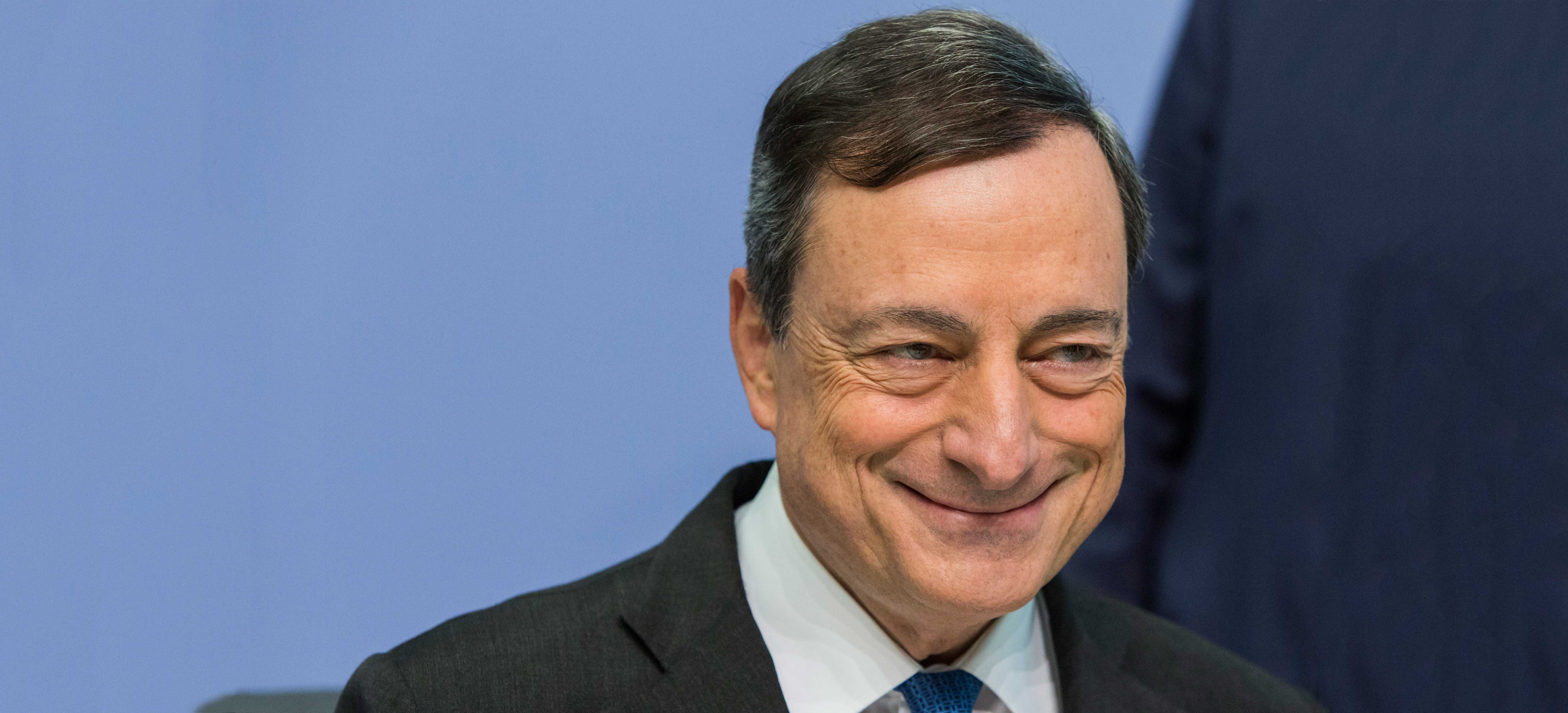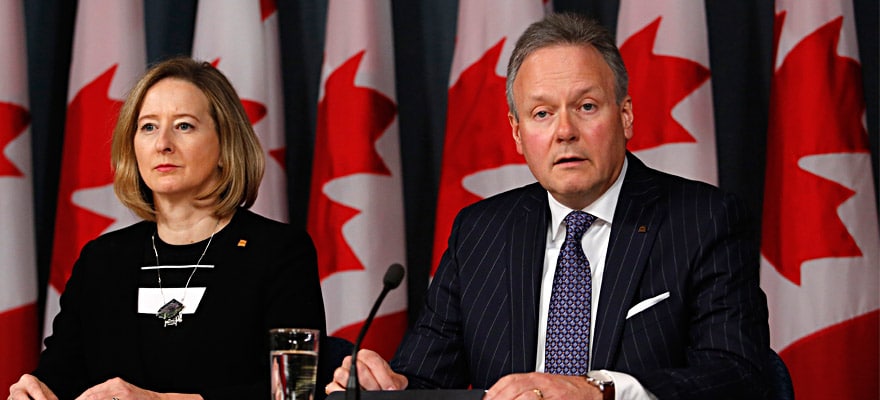The euro has fallen over 850 pips against the dollar since the middle of October. This is a manifestation of policy divergence between the US Fed and the ECB; the Fed are on track to raise interest rates in December, meanwhile the ECB have indicated that QE will be re-examined in December and the market has now priced at least a 10 basis point cut to the deposit rate in addition to increased bond purchases. This saw the euro depreciate against all counterparts during October and November.
At the ECB press conference on October 22, President Draghi struck a dovish tone, emphasising the ongoing downside risks to inflation and growth and reiterating that the central bank will use all policy tools to achieve its inflation mandate. Draghi revealed that lowering the deposit rate was discussed at the meeting, and said that the current lower bound may not be the final one. By stating that QE will be re-examined in December, Draghi was as dovish as possible without stating outright that QE will be increased. The euro saw broad weakness both during and after the press conference.
Vital data
With the ECB due to re-examine QE at their December 3 meeting, inflation data is vital. Eurozone CPI for October, released November 16, confirmed that headline inflation had risen only 0.10% in the 12 months prior, and by the same amount, 0.10%, during the month. Core inflation (CPI excluding food, energy, alcohol and tobacco) rose 1.10% over the 12 months- this is up from 0.90% y/y at the end of September and marks the first reading north of 1.00% since August 2013.
Core CPI for the month rose only 0.20%, less than September’s rise of 0.50%. The move higher in Core CPI y/y in positive for the Eurozone, however as Draghi stated at the September press conference, the ECB mandate references headline inflation below, but close to, 2% over the medium term.
Flash GDP for Q3 came in at 0.3% versus the expected 0.4%. Growth for Q2 was revised up to 0.4% from 0.3%. Year-over-year growth for Q3 was 1.6% versus the expected 1.7%. Although the miss was only marginal, and there was an upward revision to second quarter data, the meagre print only serves to increase the likelihood of further easing in December.
Going forward
In light of Draghi’s dovish communication at the recent press conference, we have increased our bearish bias on the euro from ‘bearish’ to ‘strong bearish’. The market has already priced in a further cut to the deposit rate and expansion of QE, it will now be the details of the monetary policy changes that dictate how much more the currency depreciates in the coming months.
If the ECB fails to deliver a substantial increase in easing then we may see some profit taken on euro shorts. There is however a higher likelihood that the ECB will provide significant easing in an attempt to propel the EZ out of the low inflation environment, and this will see the euro approach parity against the buck, and depreciate concomitantly against various other counterparts.

















